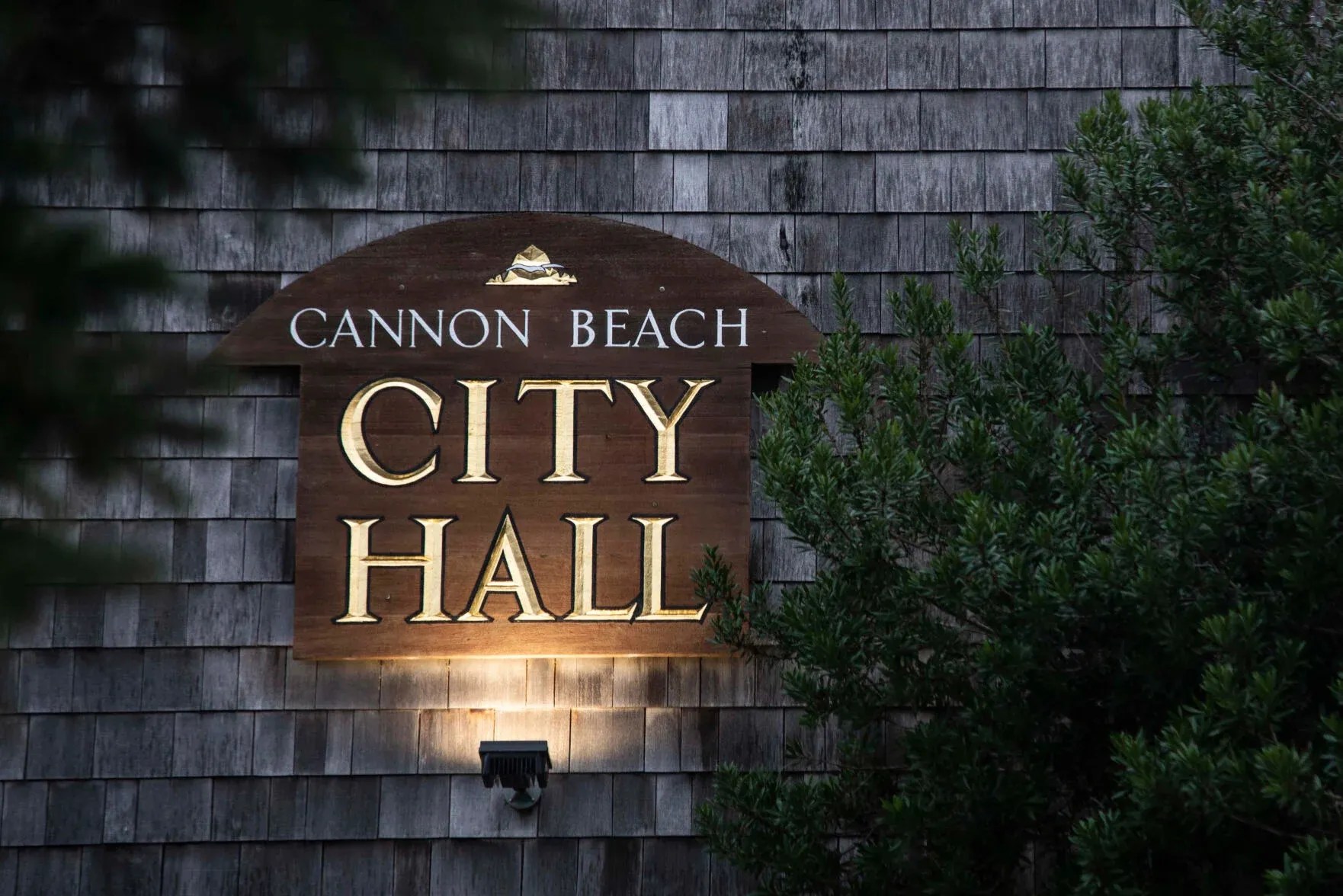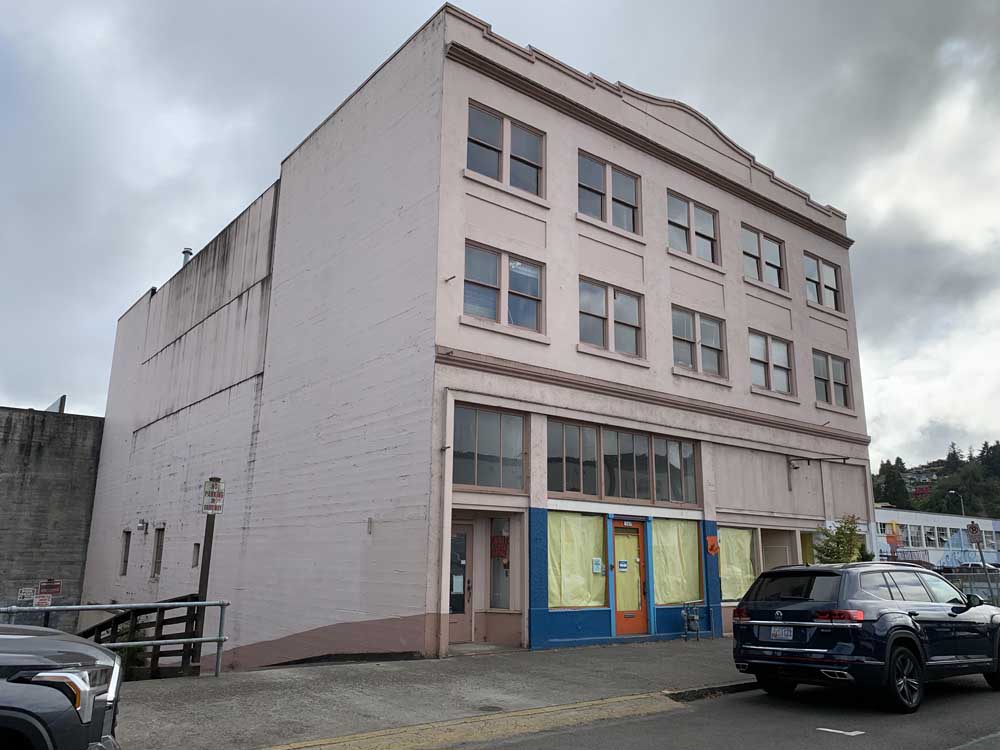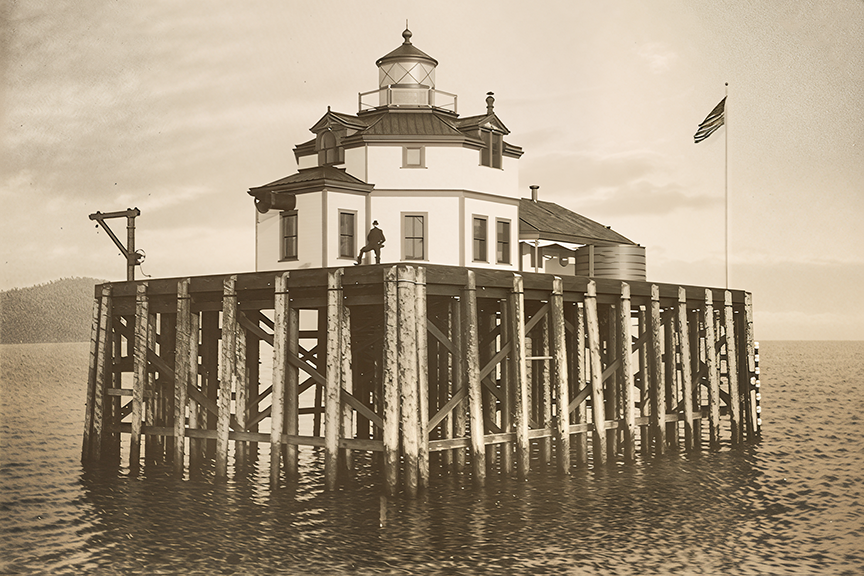IN THE GARDEN: Seek relaxation at Belknap hot springs
Published 4:00 pm Wednesday, January 29, 2003
McKENZIE BRIDGE – When John Howard Haak bought 160 acres on the McKenzie River east of Eugene almost a century years ago, he probably had no idea that the therapeutic mineral springs would someday become a destination garden spot.
Today the Belknap Resort and Hot Springs features not only the famed 100-degree-plus bathing pools, but also a series of imaginative gardens tucked in among the grand evergreen forest.
Belknap is the only developed hot-springs site in Lane County. You can reach it by taking Oregon Highway 126 east toward Bend and looking for the sign at about Milepost 57. As a day visitor, you can soak in the main pool for $4.50 an hour, or $8.50 all day. Overnight guests can use the upper pool, too, as they stay in one of the lodge rooms, cabins or tent or RV sites. The resort is a great stop on the way back from a day of cross-country or downhill skiing, or sledding, at the nearby Hoodoo ski area.
The gardens at Belknap are playful and imaginative. There are seven – a Tea House Garden, an Oriental Garden, a Secret Garden, a Primrose Path, an Autumn Garden, a Long and Hot Border and, drum roll please, the Torture Border, according to a map of the grounds that I picked up at the front desk.
There has been a turnover in gardeners since the borders were created and planted, and a quick survey of people who work at the resort now didn’t yield an answer to my question of exactly what is a “torture border.” A January visit also didn’t offer up explanations, as many of the plants in the aforementioned border were just breaking through the winter ground. I promise to look into this on my next trip to Belknap.
What my friend and I did glean from the current gardener, a chatty man with plans for lots of colorful annual flowers in spring and summer, is that many of Belknap’s plantings are in for an overhaul. That said, I certainly hope that an effort is made to build upon the excellent landscapes featuring perennials, flowering shrubs and interesting small trees and bamboos.
At Belknap, you can find entire beds devoted to hostas and hydrangeas, irises and ivies. The former gardener, apparently an adventurous soul, even went so far as to plant Meconopsis, the Himalayan poppy that sometimes runs a rare blue, in a number of borders. This is the hot number of which Heronswood Nursery’s Dan Hinkley reminds us, “If you successfully ripen most tomatoes in your gardening climate, than you will more than likely fail in the cultivation of this plant.”
Other horticultural treats in store for you at Belknap include skillfully placed bamboos and the previously mentioned Primrose Border. The walled Secret Garden offers a series of water features, and its architecture reminds one of a small Roman coliseum, or maybe the set from one of the original “Star Trek” television series episodes (the one in which Spock sings). It was a bit startling to come upon it in the middle of a forest glade, but beckoned nonetheless, especially to my plant tour weary son. You’ll learn more about that fascination later, when I tattle upon him at the end of this column.
Based upon an old claim, the Belknap folks have been able to divert a McKenzie River bound-stream into a series of ponds and small waterfalls above and within the Secret Garden. The crowning waterscape achievement, if you like such stuff, is the path that takes you in concentric circles inside the Secret Garden. Sometimes you must leap from step to step to avoid the water that runs beneath your feet.
A pool in the center of the garden drew71/2-year-old Ben to it, and I imagined that he had found a quiet place to think about our busy weekend and the long drive back to Astoria. That was until I realized my little monkey was gleefully throwing Corn Nuts into the swirling whirlpool and watching them get sucked up into the little pond’s drain pipe.
Sorry, Belknap, but you have just rekindled a new fire in my son for garden jaunts. I only hope the next big garden we tour employs a landscaper who enjoys blue flowers and a hardscape designer who watches “Star Trek.” That truly would be something for everybody.
If you would like more information about accommodations at the Belknap Resorts & Hot Springs, call (541) 822-3512.
Cathy Peterson belongs to the Clatsop County Master Gardener Association. “In the Garden” runs weekly in Coast Weekend. Please send comments and gardening news to “In the Garden,” The Daily Astorian, P.O. Box 210, Astoria, OR 97103 or online to peterson@pacifier.com
Make cut tulips last a bit longerCut tulips are big drinkers, but they don’t need much food to go with it, thank you very much.
According to the Netherlands Flower Bulb Information Center, you can keep cut tulips longer if you check their water level often and add cool water daily. But don’t feed them with cut flower food. It just isn’t necessary for the beautiful cut blooms.
Other tips include buying flowers that are just opening, with a hint of color showing through. Also, before arranging tulips, condition them by re-cutting the base of the stem with a clean sharp knife to open up the stem’s water uptake channels.
In addition, start with a very clean vase and cool water. A dirty vase can lead to dirty water, with bacteria that can shorten the case life of the flowers. Don’t combine tulips with daffodils or any other members of the Narcissus family, as daffodils exude a slimy substance that shortens the life of other flowers by clogging their water uptake channels.
With care, tulips can last between four and eight days in a vase. Keep the vase away from sources of heat. If you’re lucky, your tulips will respond to your good care by continuing to grow taller – as much as an inch – in the vase!





